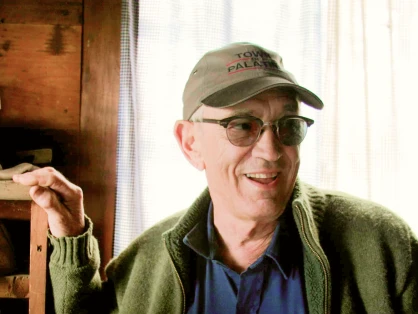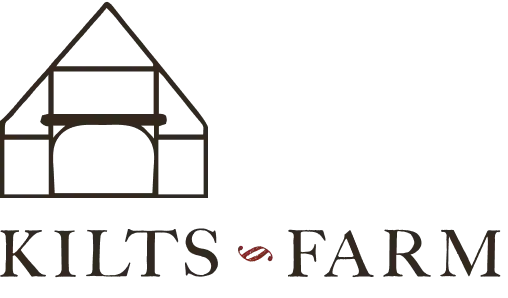Sometime in the mid to late 1940’s when I was still in high school at Canajoharie, I heard that some archaeologists or artifact hunters were doing some exploration in Homestead Gulf east of Palatine Bridge Village. I believe these men were from New Jersey. Through or near that ravine, the original road once ran towards the heights of Stone Arabia. Homestead Creek ran through the gulf. The archaeologies, however, were in search of the haunts of primitive man who traversed this deep gulf long before the white man came to the area and required better trails and roads. The sides of the ravine were rocky ledges quite high and sheer in some places. An overhang or rock shelter existed on the west side perhaps a quarter of a mile from where Homestead Creek emptied into the Mohawk. This cave-like shelter served as a favorite haunt for generations of local boys. Its floor was hard-packed. I never knew if artifacts were found there. I went into the gulf sometime after the archaeologists had searched there. Further up the gulf and also on the west side I found a smaller rock shelter. In spring when the foliage, wildflowers and plants made their first appearance there in this deep ravine, it was like a different world from the surrounding area. It was probably much the same as it had been long ago when these primitive people stopped to seek shelter under this rocky overhang. Perhaps to kindle a small fire to make it more bearable in cold weather. The cruel west wind would be broken by the rocky cliff. The water from a sudden rain would pour from the projecting rocks overhead giving the occupants a dry shelter. So many questions haunt the present-day visitor. What did these early people look like? How did they dress? Were they residents from far away travelling through? Were they hunters? If so, what game did they hunt. Of even more importance, how long ago did they use this rock shelter? Was the shelter used over a period of years?
When I visited this small shelter it was still evident that the searchers before me had greatly disturbed the base area. The rocks and dirt had been thrown into the ravine below as their search progressed. What they found will never be known. On this base area lay a flat rock four (4) or five (f) feet across and six (6) or eight (8) inches thick. Sometime in the past it had formed part of the overhang above. I wondered if it had fallen before or after the shelter had been used by early man. I broke the heavy piece of ledge rock and rolled the pieces into the gulf below. Beneath it I came across the evidence that I had been searching for. From this small protected space came fragments of potter, some bone, including a sizable vertebra, frozen flint shards and four flint points of different sizes.


